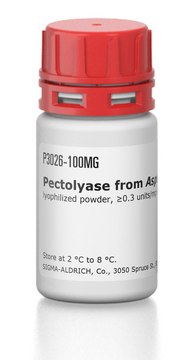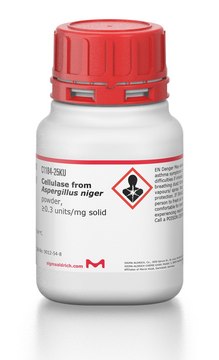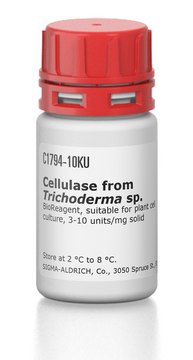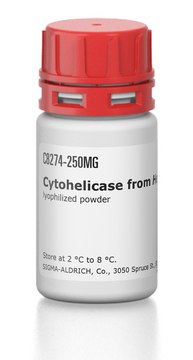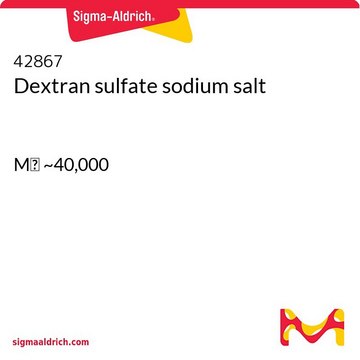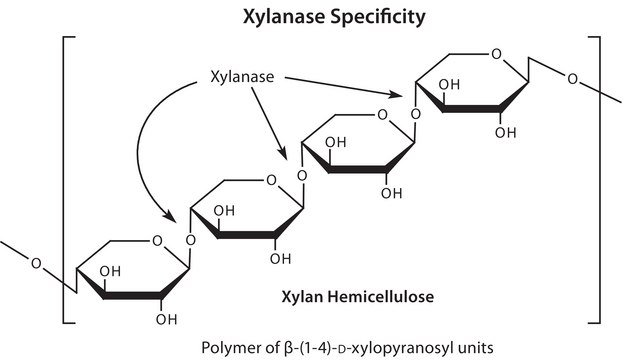P5936
Pectolyase from Aspergillus japonicus
suitable for plant cell culture, lyophilized powder
Synonym(s):
PEL1
About This Item
Recommended Products
form
lyophilized powder
Quality Level
specific activity
≥0.3 unit/mg solid
greener alternative product characteristics
Design for Energy Efficiency
Learn more about the Principles of Green Chemistry.
sustainability
Greener Alternative Product
technique(s)
cell culture | plant: suitable
application(s)
agriculture
greener alternative category
storage temp.
2-8°C
Looking for similar products? Visit Product Comparison Guide
General description
Application
Other Notes
Unit Definition
Storage Class Code
11 - Combustible Solids
WGK
WGK 3
Flash Point(F)
Not applicable
Flash Point(C)
Not applicable
Personal Protective Equipment
Regulatory Information
Choose from one of the most recent versions:
Certificates of Analysis (COA)
Don't see the Right Version?
If you require a particular version, you can look up a specific certificate by the Lot or Batch number.
Already Own This Product?
Find documentation for the products that you have recently purchased in the Document Library.
Our team of scientists has experience in all areas of research including Life Science, Material Science, Chemical Synthesis, Chromatography, Analytical and many others.
Contact Technical Service